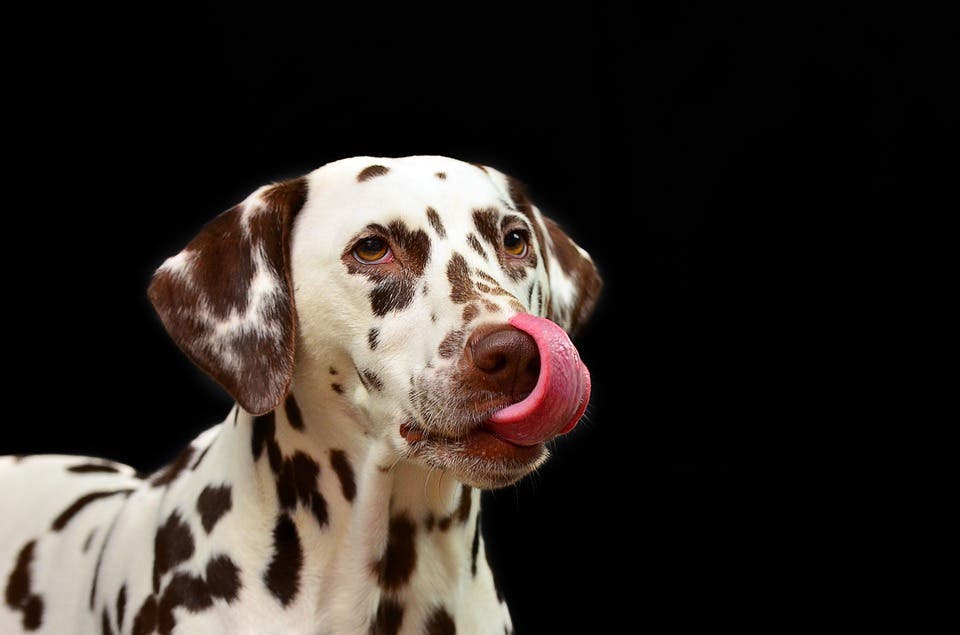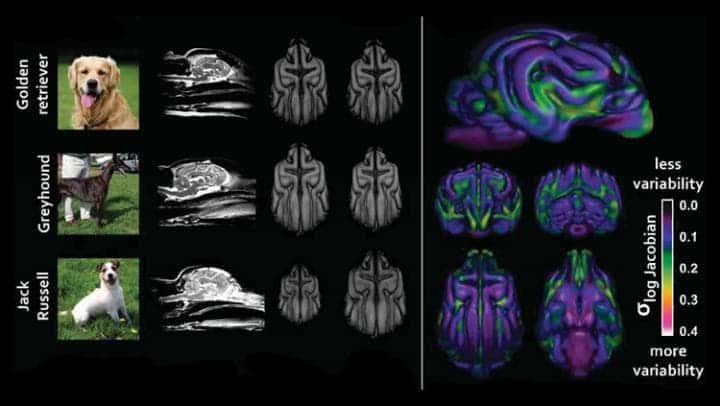Humans and dogs share a special relationship. For better or worse, dogs have become entirely reliant on their human masters, who’ve not only shaped the canine species but also countless breeds. A new study shows how vastly different the brains of man’s best friend can be from breed to breed.

If you love dogs, you might be aware that Labrador retrievers are friendly, Dalmatians are hyper, and Australian shepherds are smart. These are no accidents — these characteristics, or phenotypes, have been selected by dog breeders over the centuries, or are the unintended result of chasing some other particular characteristic.
For instance, Dalmatians were originally meant to service humans as coach dogs due to their comfort around horses. In time, Dalmatians grew into a breed known for its endurance, being able to run alongside a horse-drawn carriage for days. However, in a modern home, a Dalmatian’s excess of energy can lead to less desirable behaviors, such as chewing shoes and destroying the furniture.
Erin Hecht and colleagues wanted to investigate what were some of the effects of this selective pressure on the brains of dogs. With this in mind, they performed magnetic resonance imaging scans on 33 dog breeds.
The results suggest that there’s a wide variation in brain structure that couldn’t be accounted for simply by body size or head shape.

Some brain areas exhibited more variation across breeds. The researchers were able to generate the maps of six brain networks with functions ranging from social bonding to movement. Each network was associated with at least one behavioral characteristic.
These neuroanatomical variations are fascinating, offering a unique glimpse into the evolutionary relationship between brain structure and animal behavior.
The findings appeared in the journal JNeurosci.


